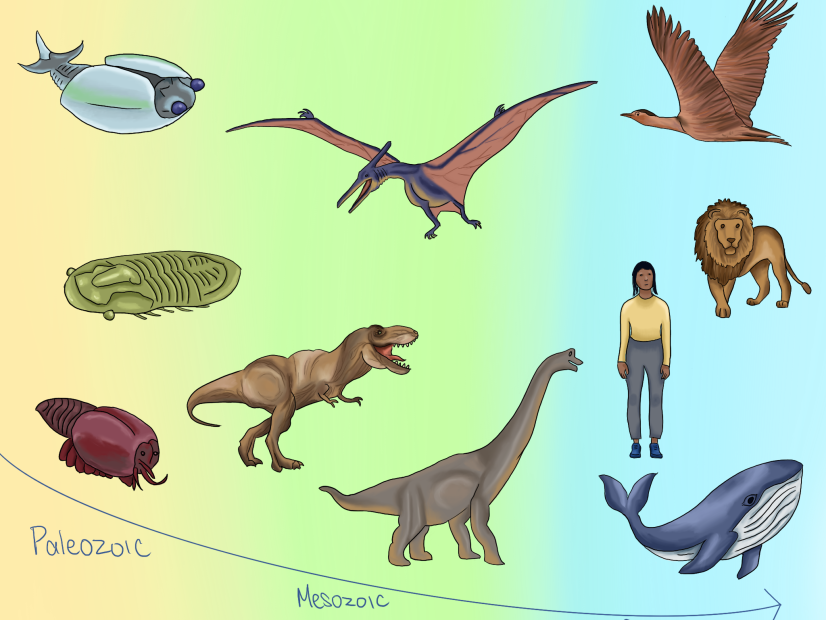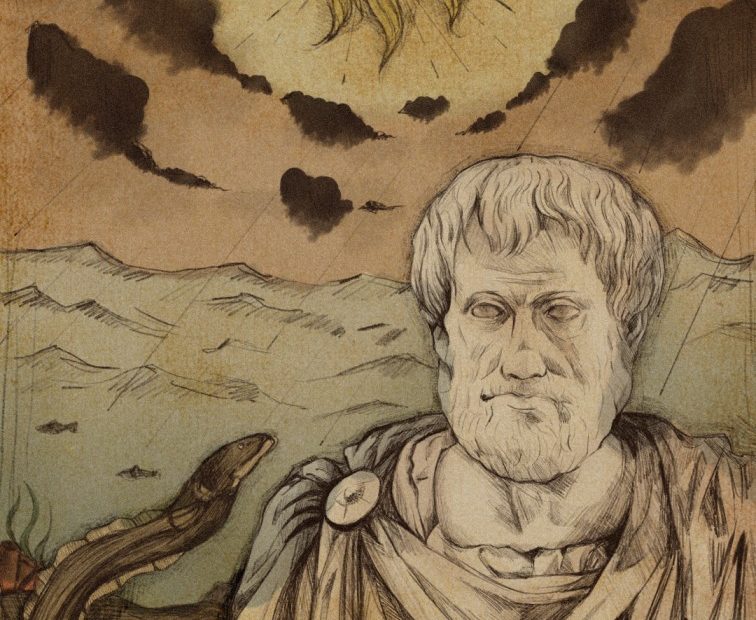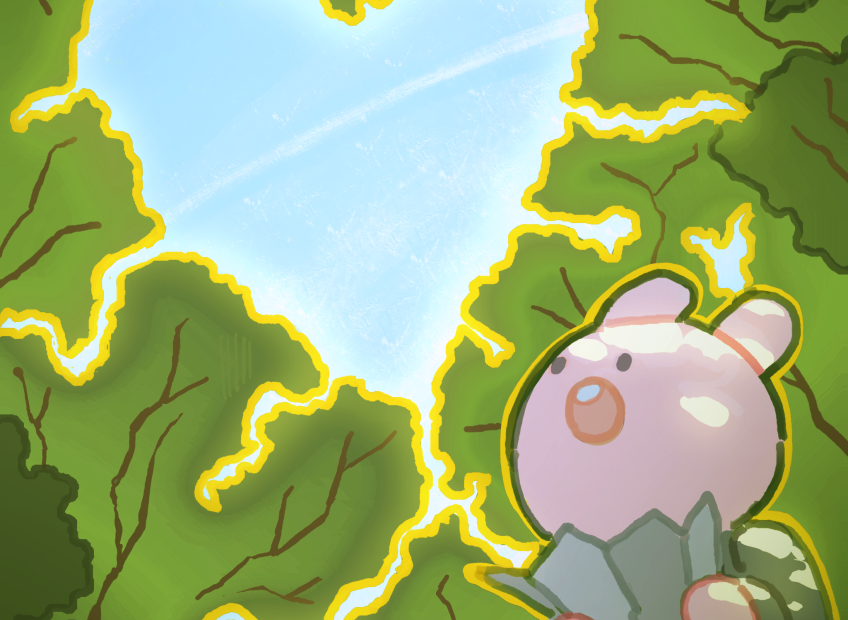I love trees. And I would guess that this is a fairly common sentiment. After all, how many would truly, wholeheartedly, disagree with such a statement? They’re majestic, giants of the natural world, and they are everywhere, even in a city as urban as Toronto. However, have you ever taken some time, even just 5 minutes, to truly admire a tree?
Trees are beautiful, inherently valuable, and a primary producer of the oxygen we breathe, and the benefits don’t end there. Trees provide shade, helping to cool us down in Toronto’s hot, humid summers, and allowing us to keep the air conditioning on low. They improve air quality, mitigating the effects of air pollution, and even help us manage the impact of storms and flooding.


